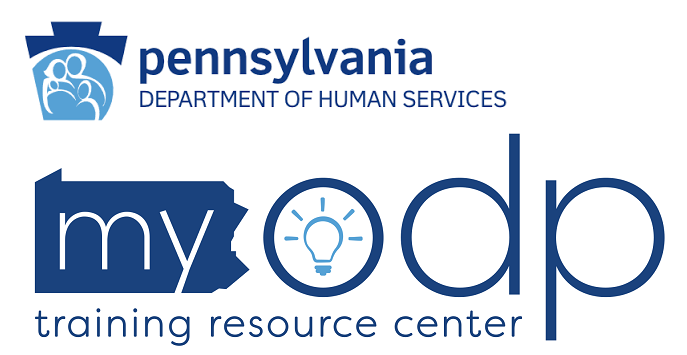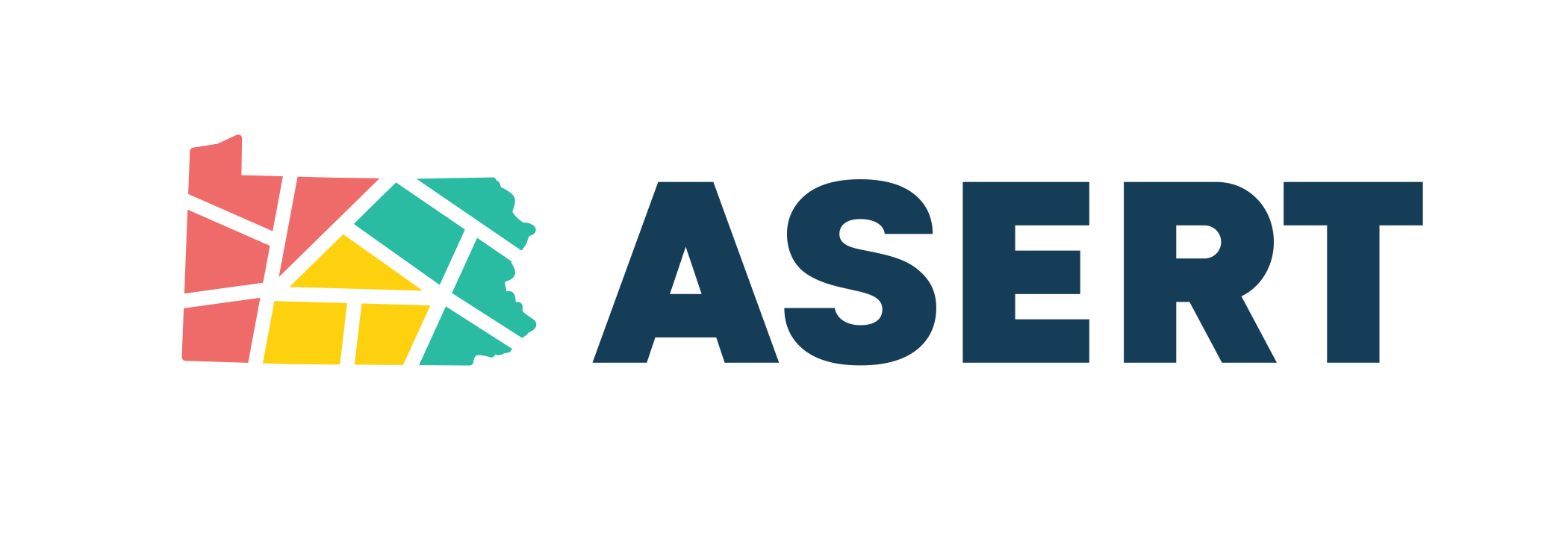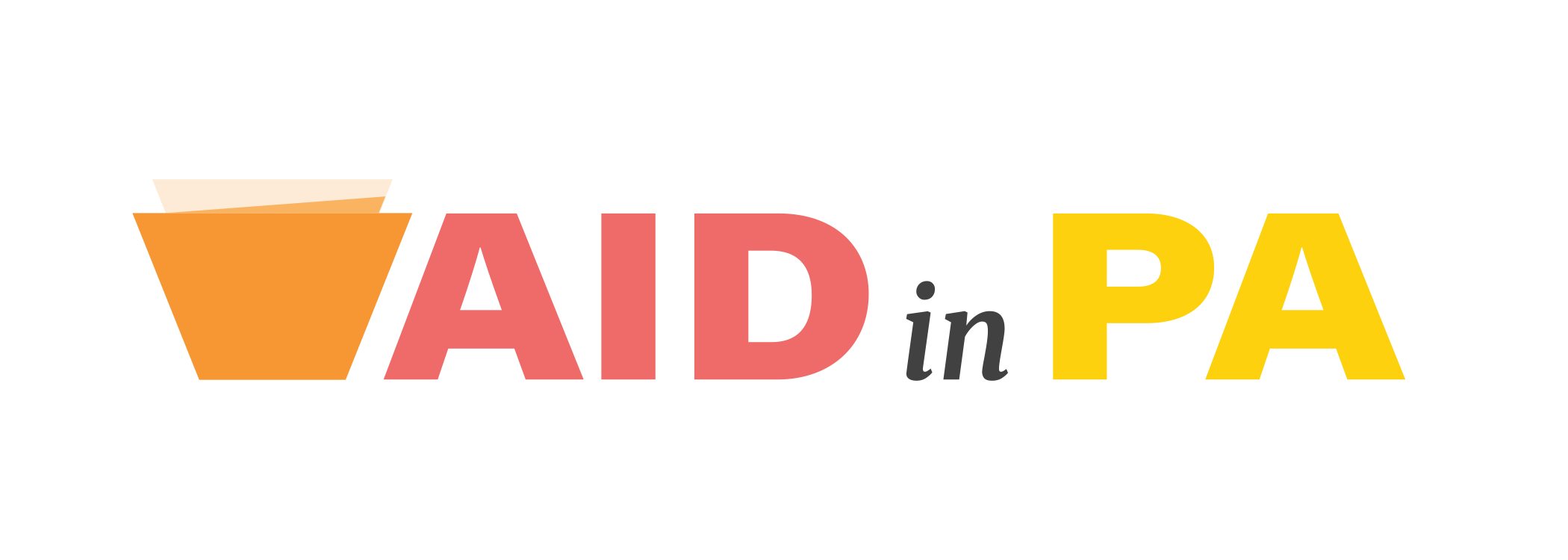Positive Approaches Journal, Volume 12, Issue 1
Positive Approaches Journal | 8-13

Volume 12 ► Issue 1 ► May 2023
Data Discoveries
The goal of Data Discoveries is to present useful data using new methods and platforms that can be customized.
Autism stigma refers to negative attitudes, beliefs, and stereotypes that society, in many contexts, holds about individuals.1 This stigma can lead to discrimination, social exclusion, and a lack of access to resources and support for people on the autism spectrum.2 The stigma that people experience may also prevent autistic individuals from being hired or promoted, despite their qualifications and skills. People may perceive autistic individuals as less competent, less reliable, and less able to interact with customers or colleagues.1 This stigma can potentially lead to discriminatory practices like not providing accommodations, refusing to hire or promote with the organization, or even terminating employment. 3 Individuals also may fear seeking accommodations for fear of facing stigma.3
Disclosing an autism diagnosis in the workplace is a personal decision that should be carefully considered by individuals on the autism spectrum that has both positives and potential negatives. Disclosure can help employers provide accommodations and support to ensure that the individual can work to their full potential. It can also help raise awareness and reduce the stigma surrounding autism in the workplace. However, disclosing a diagnosis can also lead to negative consequences such as discrimination, exclusion, and reduced opportunities for career advancement.4 It is important to weigh the potential benefits and risks before deciding to disclose a disability. It may be helpful to consult with a trusted advisor, like a job coach, career counselor, friend, or other supporter, to discuss the potential implications and determine the best course of action.
The Autism Services, Education, Resources, & Training Collaborative (ASERT) conducted the 2018 Pennsylvania Autism Needs Assessment (2018 PANA), a large survey of autistic individual and their family members in Pennsylvania. More than 8,000 people completed the 2018 PANA providing information about demographic, clinical characteristics, and other service experiences. For more information about the 2018 PANA and to view more data, visit: www.paautism.org/needsassessment. For the purposes of this data dashboard, only responses related to self-advocacy group participation from autistic adults over the age of 18 were included. In this sample, 41.2% indicated that they work in some capacity for pay, either full or part time. While most respondents generally respondent positively to their comfort level in seeking workplace supports, it is notable that many respondents (49%) indicated discomfort in seeking accommodations. Additionally, only 18% of respondents reported that everyone in their workplace knows about their autism diagnosis. Visit the dashboard below to learn more about this and other data points about autism and workplace disclosure.
The data dashboard below shows responses to the 2018 PANA questions about employment status and workplace disclosure. The first tab shows a visualizations of employment status, type of occupation, and comfort level with different aspects of the workplace. The second tab shows responses to a question about autism disclosure in the workplace and reasons for this decision. There are filters on both tabs to explore the data by gender and education level.
Conclusion
The Autism Services, Education, Resources, and Training Collaborative (ASERT) offers resources relevant to employment among individuals on the autism spectrum and with other IDDs. This includes the Employment Resource Collection which has a compilation of links focused on various aspects of employment and supports and #ASDNext Work Resources which are curated with a focus on transition age youth and young adults. ASERT also has resources related to disclosing an autism diagnosis in the workplace including The 411 on Disability Disclosure: A Workbook for Youth with Disabilities. Finally, ASERT has resource related to getting supports and accommodations in the workplace.
References
1. Botha M, Dibb B, Frost DM. "Autism is me": an investigation of how autistic individuals make sense of autism and stigma. Disability & society. 2022;37(3):427-453. doi:10.1080/09687599.2020.1822782
2. Turnock A, Langley K, Jones CRG. Understanding Stigma in Autism: A Narrative Review and Theoretical Model. Autism in adulthood. 2022;4(1):76-91. doi:10.1089/aut.2021.0005
3. Kaye HS, Jans LH, Jones EC. Why Don’t Employers Hire and Retain Workers with Disabilities? Journal of Occupational Rehabilitation. 2011;21(4):526-536. doi:10.1007/s10926-011-9302-8
4. Stangl AL, Earnshaw VA, Logie CH, et al. The health stigma and discrimination framework: a global, crosscutting framework to inform research, intervention development, and policy on health-related stigmas. BMC Medicine. 2019;17(1):31-31. doi:10.1186/s12916-019-1271-3




